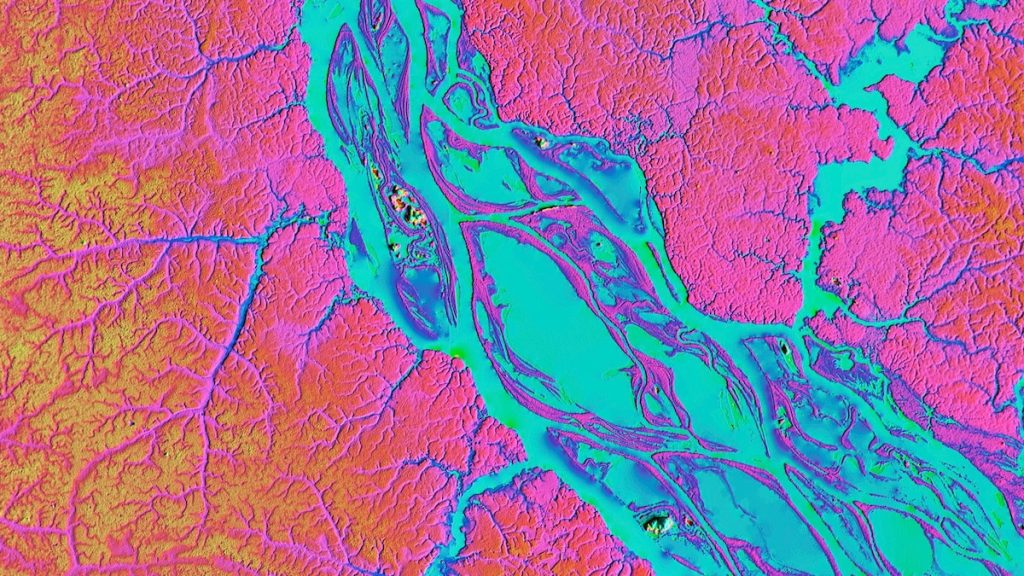The winning three-person team of the “OpenAI to Z Challenge,” announced Thursday, found 67 distinct patches across the Amazon, each measuring about a square mile, that they think could contain historically valuable ancient sites and provide potential starting points for field exploration. The judges included Egyptologist Sarah Parcak and Mesoamerican archaeologist Chris Fisher.
The winning team, which calls itself “Black Bean,” trained deep learning models on several publicly available datasets, including remote sensing LiDAR data and satellite images from Google Earth Engine and NASA’s digital elevation models, among others. The team says they then used OpenAI’s GPT-4o model to learn the pattern of known archeological sites in the Amazon rainforest and compare them to unexplored swaths of the Amazon, mainly in Brazil. It then highlighted dozens of coordinates for future exploration.
Many of the areas they identified appeared to be clustered along bodies of water.

LIMITED TIME OFFER: 25% OFF
Subscriptions starting at $25/year
“Our results actually make sense on a common-sense level,” says Yao Zhao, a member of the winning team who is currently a software engineer at Meta, and was on a career break during the competition to learn more about AI applications. Ancient civilizations, after all, tended to flourish near accessible water sources.
Being able to quickly churn through millions of square miles of geographic data within a few weeks could make it easier for archeologists to find patterns without relying on groundwork first, he adds. The first-place winners received a $250,000 cash prize and credits to use premium OpenAI products.

